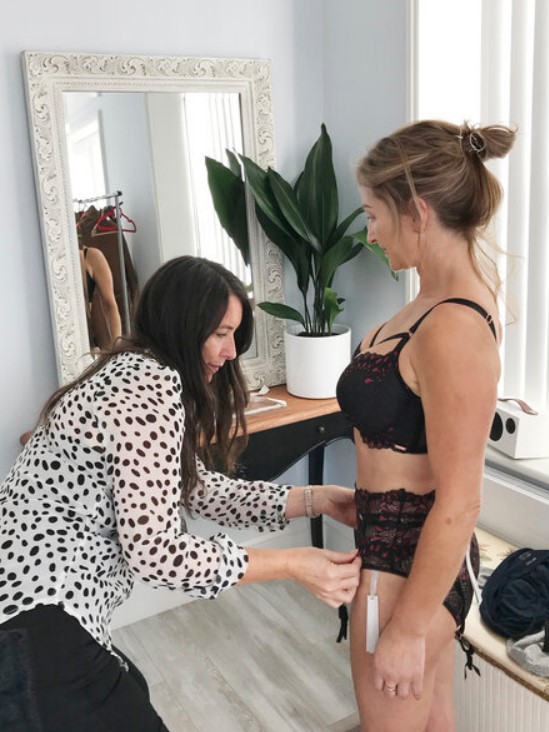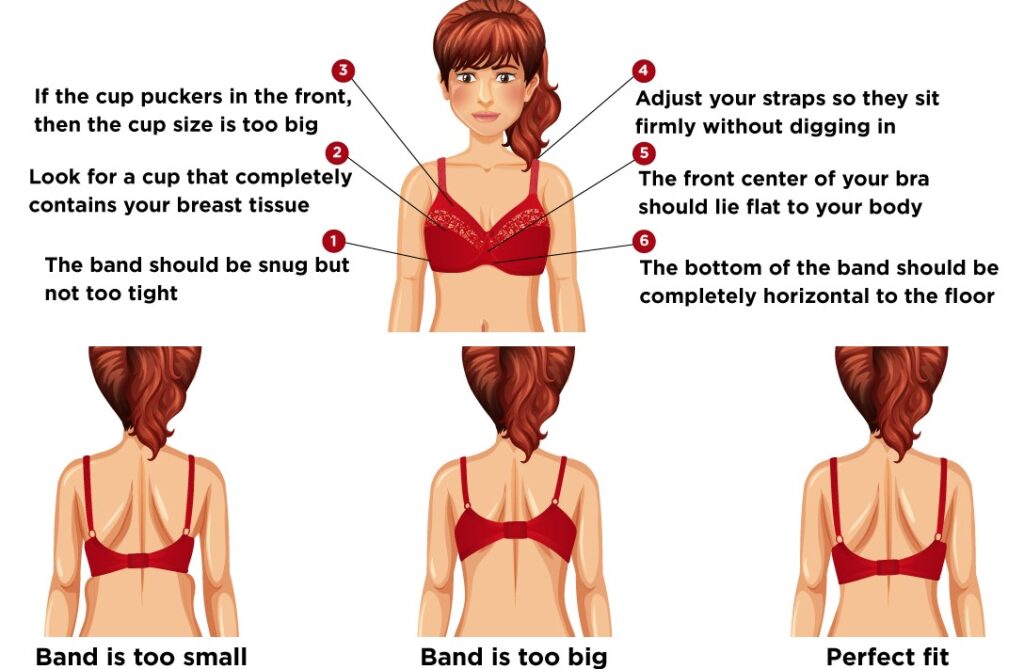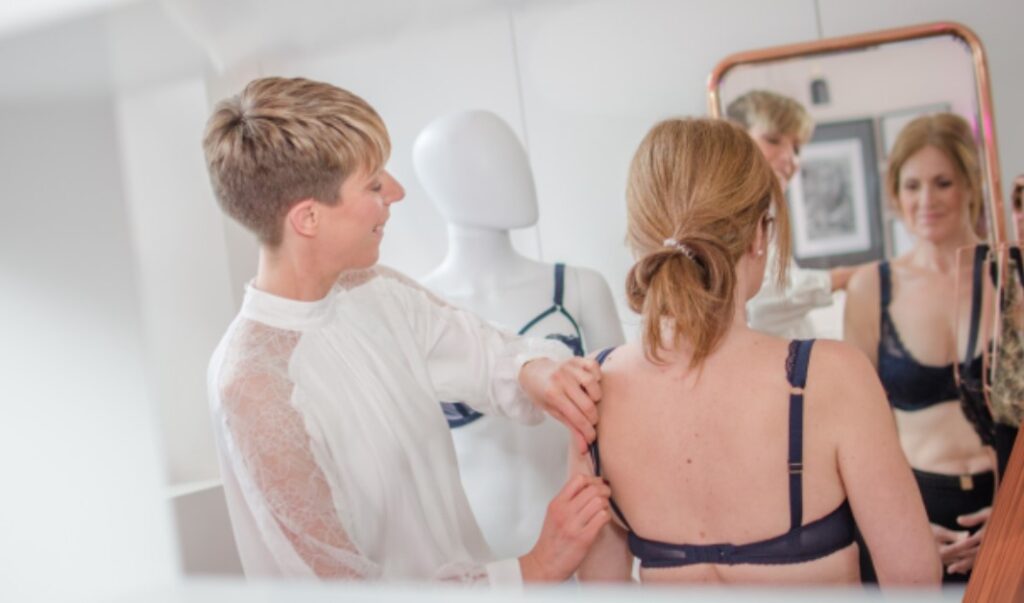
FIT MATTERS!
Why Fitting is Complicated: A Lingerie Developer’s Perspective for Intimate Apparel Entrepreneurs
Imagine designing a breath-taking piece of lingerie, carefully conceptualised and passionately crafted, only to find that the fitting doesn’t do justice to your creation. It’s a dilemma many of us in the intimate apparel industry face – the intricate challenge of fitting. Fitting is not just about sewing; it’s about creating a harmonious marriage between comfort, aesthetics, and functionality. In this article, we’ll explore why fitting is complicated, and how understanding the details can set your lingerie venture on the path to success.

LAYING THE FOUNDATION FOR FITTING
Imagine trying to build a house without a solid foundation – it’s a recipe for disaster. Similarly, fitting intimate apparel requires a robust understanding of both the conceptual and practical aspects of the fitting process. Skipping the foundational concepts and jumping straight into fitting tests can lead to confusion and less-than-perfect results.
Before you can become a proficient fitter, it’s essential to train your eye to recognize what constitutes a good fit and what indicates a poor fit. For instance, a novice may not notice subtle drag lines until they’re pointed out. You can train your eye by observing people’s clothing in various settings, from your workplace to the grocery store.

WHY FITTING IS COMPLICATED
Fitting is not just about identifying the problem but understanding it within the context of the entire garment. It involves manipulating the fabric effectively, all while keeping an eye on the overall design. This process is complex; it’s a puzzle where every piece must fit perfectly into the whole.
Obtaining a perfect fit is a process – rarely a one-shot deal. It takes time, patience, and often multiple garment prototypes to achieve that dream pattern. Most seasoned sewers find the journey worthwhile because the end result is a perfectly fitting pattern that’s tailor-made for their needs.
Fitting yourself can be done, but it’s often time-consuming. Assessing a garment on your own body can be trickier than evaluating it on someone else. Having a dress form that reflects your body or working with a fitting buddy can make the process smoother. Two sets of eyes are incredibly helpful when learning to identify fitting problems and you can collaborate to find the best solutions.

EACH INDIVIDUAL IS UNIQUE
One of the greatest challenges in fitting intimate apparel is that no two bodies are exactly alike. Fitting instructions serve as a starting point, but they are generalized descriptions with typical solutions. You must apply this information to the individual being fitted. This often involves experimenting and interpreting fitting instructions. Instead of insisting on rigid fitting rules, it’s more effective to work with the cloth on the individual’s body.
In our industry, we seldom encounter picture-perfect bodies that align with standardized fitting solutions. Our models, like most people, have everyday lumps and bumps. While your body may not precisely match these models, you’ll find fitting examples that resonate with your own fitting issues.

A METHODOLOGY FOR SUCCESS
In addition to finding solutions to fitting issues, a good fitter needs a methodology including but not limited to ‘fitting checklist’ to approach problems. This methodology helps interpret specific fitting examples and apply the information to your unique fitting challenges. Ultimately, it leads to beautifully fitting lingerie.
Embracing the complexity of fitting isn’t just necessary; it’s an opportunity to refine your skills, unleash creativity, and craft lingerie that’s both beautiful and perfectly fitted. Remember, it’s the subtle details that distinguish exceptional lingerie brands. Keep learning, experimenting, and pursuing that flawless fit. Your customers will appreciate it. Happy fitting!
